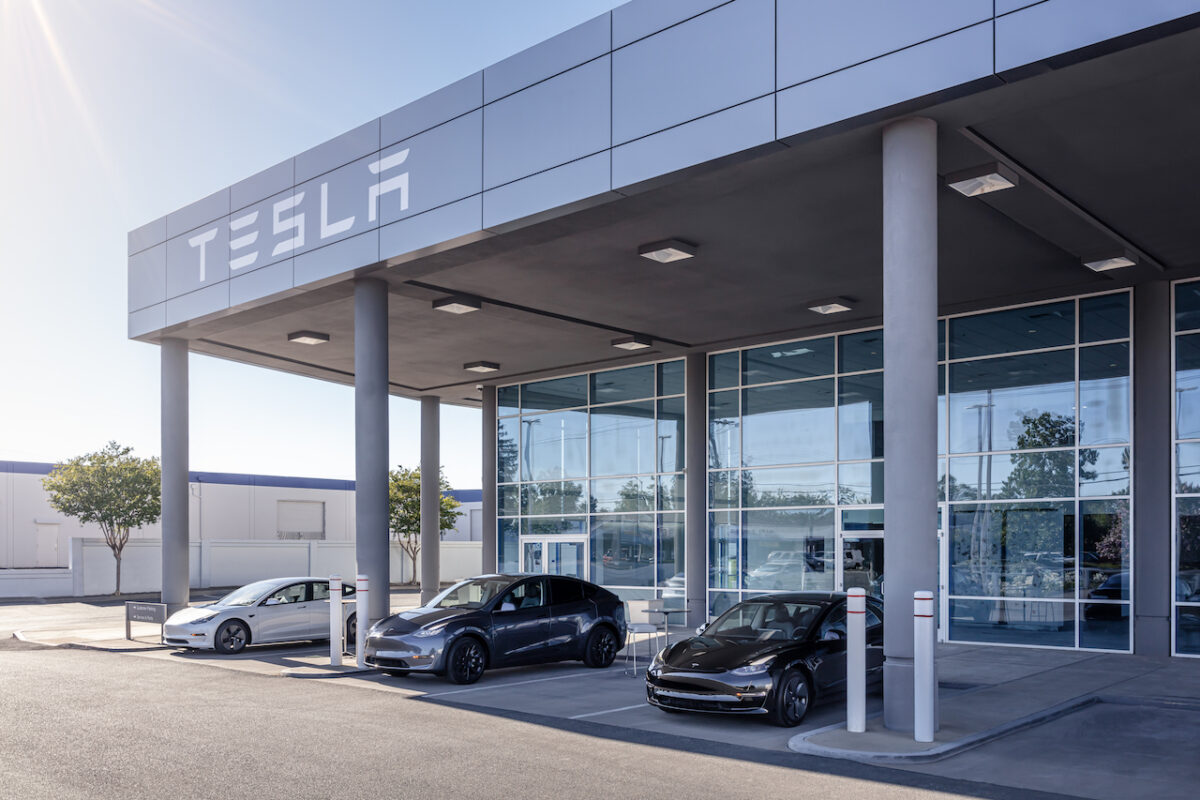Sandeep Rao takes a detailed look at Tesla’s latest results and their reflections on the broader electric vehicle segment
There are a number of encouraging trends in Tesla’s third-quarter earnings release: Through the nine months of the current fiscal year, total production and deliveries are at levels similar to the entire prior fiscal year. While fiscal 2021 was a strong year, with the company’s net income increasing 555% over the past year, total revenue was only up 71%. In the last nine months of the current financial year, net profit was just over half of what the company had achieved in the entire previous financial year, even though total revenues were well above par.
The cost of revenues in the current financial year is already at the level of the previous year, and the operating costs are not far behind. While total vehicle deliveries continue to grow, free cash flow has declined over the past four quarters, essentially a reversal of long-term trends. Over the past four quarters, net profit has declined and the trend of consistently rising EBITDA has been broken. The company also indicated that its year-on-year (y/y) revenue growth is slowing compared to the automotive industry, which has been growing for six quarters.
Rising costs can be attributed to two factors. First, the struggle to further increase delivery volumes through aggressive discounts amid rising production costs is straining the company’s results: as of 2020, the automotive industry generates almost 95% of its revenues. The second factor may be the costs associated with launching the Cybertruck, whose annual production capacity is planned at 125,000 vehicles per year in the pilot phase.
Cybertrucks are priced in line with those of the Model 3, which is likely a welcome development for the company: the cheaper Model 3/Ys are selling like hot cakes, and current production and delivery trends are likely to close the year at volumes significantly higher than last fiscal year’s prices. In contrast, the more expensive (and likely higher-margin) Model S/X is achieving production levels in line with previous years, and deliveries are below last year’s levels. This is largely due to Tesla’s decline in premium EV market share in recent years: since the third quarter of this year, BMW, Mercedes and VW have seen year-over-year sales increases of over 265%, 145% and 338%. Tesla’s market share dropped from almost 65% in 2022 to about 50% in the third quarter of this year.
The struggle to further increase delivery volumes through aggressive discounts amid rising production costs is straining the company’s bottom line
Tesla is not unique; having an entry-level and premium model under the same brand is a challenge. Almost every major automaker has (or is trying to) build a distinct brand for the premium buyer segment. If Tesla does this as well, it will mark a deepening of the company’s commitment to the premium space. While net car sales have been declining year-to-date, electric cars, which are usually relatively more expensive, have seen net growth year-on-year. Tesla’s decline in momentum in the premium space is a harbinger of changes to come in the entry-level space, where many brands are ready to expand and fight. Overall, this is a positive result for the US electric vehicle industry: electric cars are no longer “the future.”
The opinions expressed here are those of the author and do not necessarily reflect the views of Automotive World Ltd.
Sandeep Rao is Research Director at Leverage Shares
The Automotive World Comment column is open to decision-makers and influencers in the automotive industry. If you would like to add a comment to the article, please write to editorial@automotiveworld.com
#Teslas #thirdquarter #results #show #electric #vehicle #market #maturing #Automotive #World
Image Source : www.automotiveworld.com

